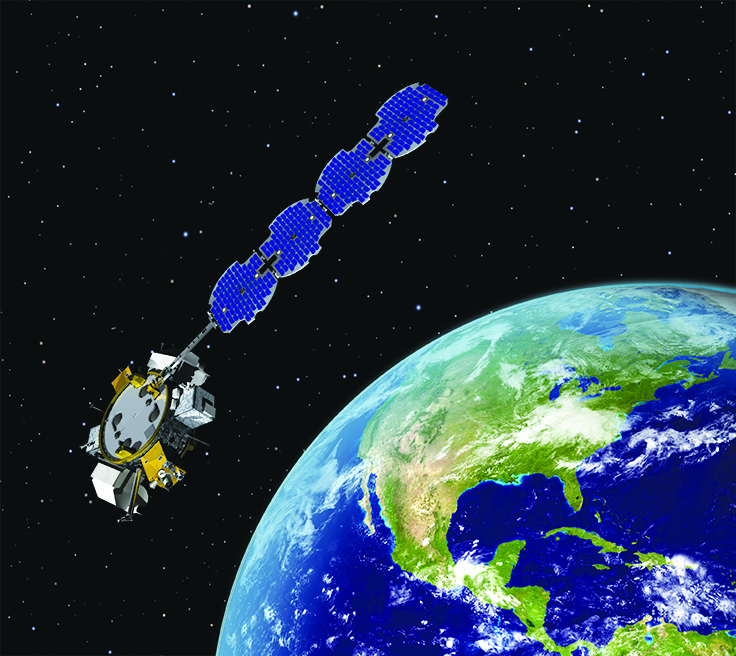STP-3 Mission
Developing modular and affordable satellite systems. That's Defining Possible.

Launch Updates
Two Northrop Grumman-built satellites—STPSat-6 and LDPE-1—launched for the U.S. Department of Defense Space Test Program 3 (STP-3) mission aboard a ULA Atlas V rocket from Cape Canaveral, Florida on December 7, 2021 at 5:19 a.m. ET.

STPSat-6
STPSat-6 hosts nine payloads that advance national security and science missions by delivering operational Nuclear Detonation (NUDET) detection capabilities, high-bandwidth laser communications services and new technology demonstrations in space domain awareness, weather and NUDET detection.
Some of the payloads hosted by STPSat-6 include:
- Space and Atmospheric Burst Reporting System-3 (SABRS-3) – National Nuclear Security Administration
- Laser Communications Relay Demonstration (LCRD) – NASA
- Compact Environmental Anomaly Sensor Experiment III (CEASE) – Air Force Research Laboratory (AFRL)
- Falcon Solid-State Energetic Electron Detector (FalconSEED) – U.S. Air Force Academy
- Rad-Hard Electronics Memory Experiment (RHEME) – AFRL
- Space & Endo-Atmospheric NUDET Surveillance Experiment and Risk-Reduction (SENSOR) – NNSA
- Strontium Iodide Radiation Instrumentation (SIRI) – Naval Research Lab
- Ultraviolet Spectro-Coronagraph Pathfinder (UVSC Pathfinder) – Naval Research Lab

LDPE-1
LDPE-1 provides a standardized satellite bus that can host multiple payloads on any National Security Space Launch mission with available mass margin. The platform extends the U.S. Space Force’s standard service policy for affordable rideshare and provides the DoD with the capability to leverage available mass margin with minimal non-recurring engineering between each launch on which it is utilized due to its modular bus design and standard interfaces.
LDPE-1 is one of Northrop Grumman’s ESPAStar-D satellites. The ESPAStar platform is modular and can accommodate combinations of hosted and separable experimental payloads on six common and configurable payload ports. The platform can support missions in geosynchronous orbit (GEO), low Earth orbit (LEO) and medium Earth orbit (MEO).